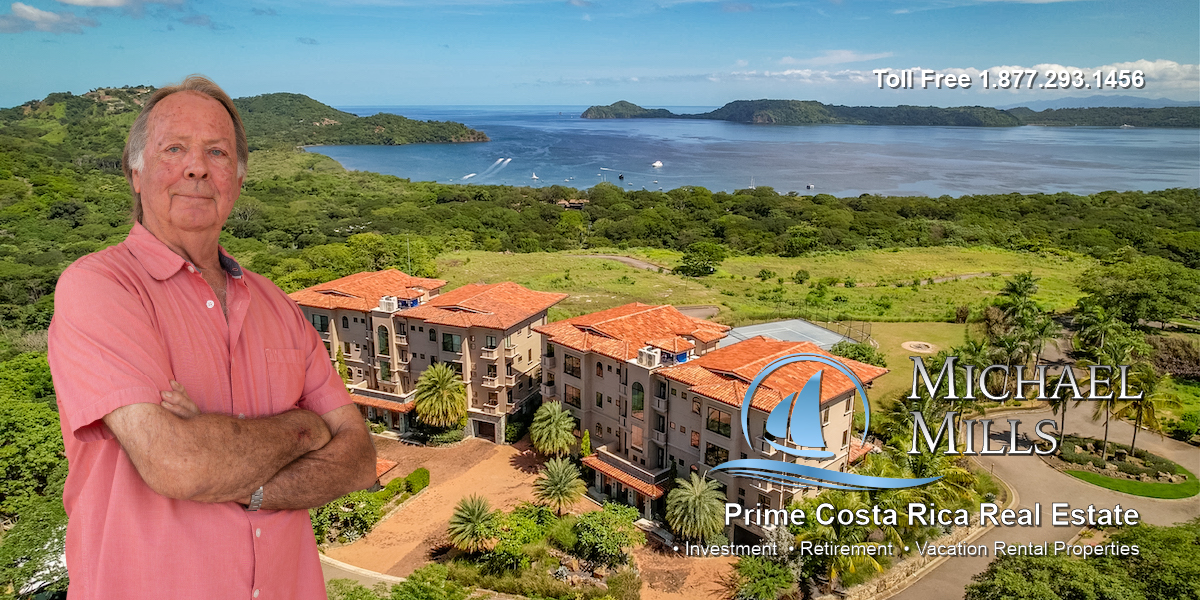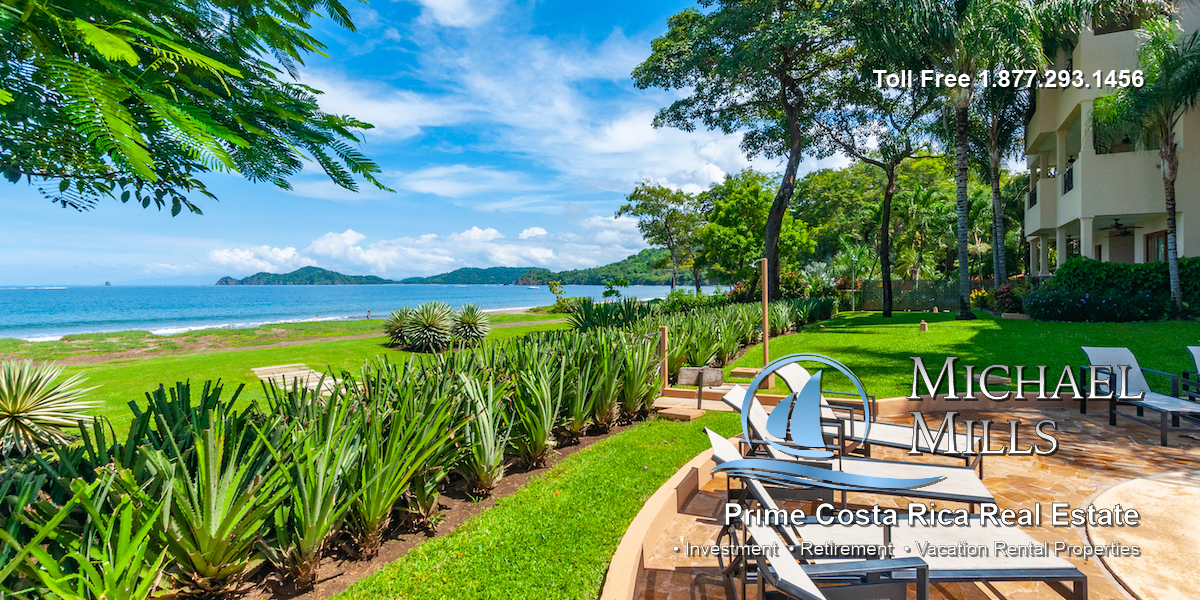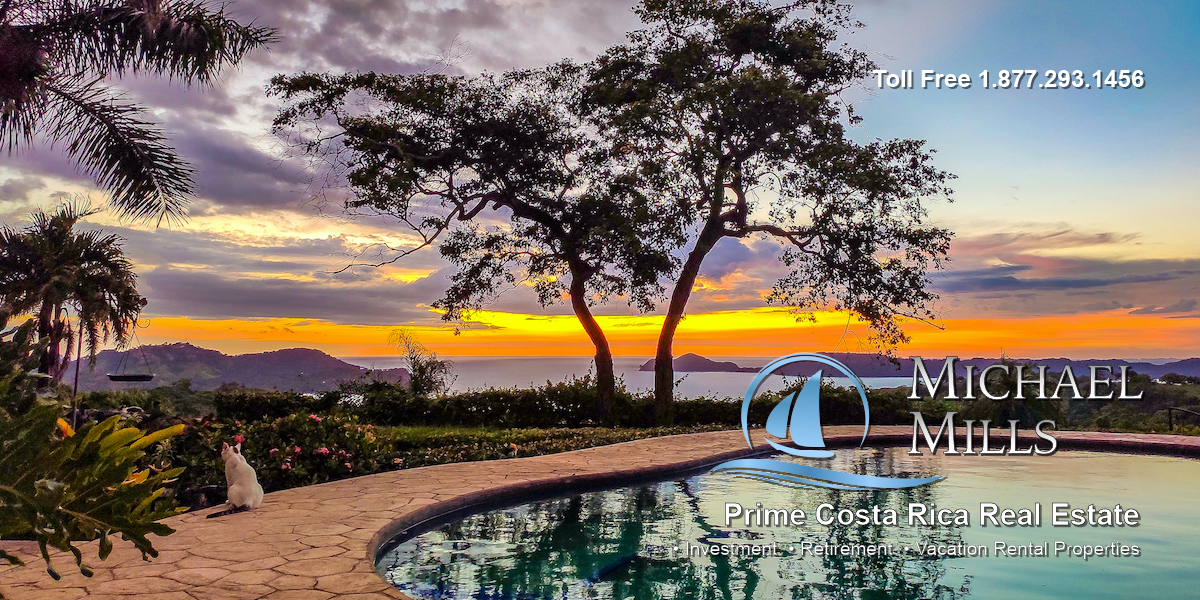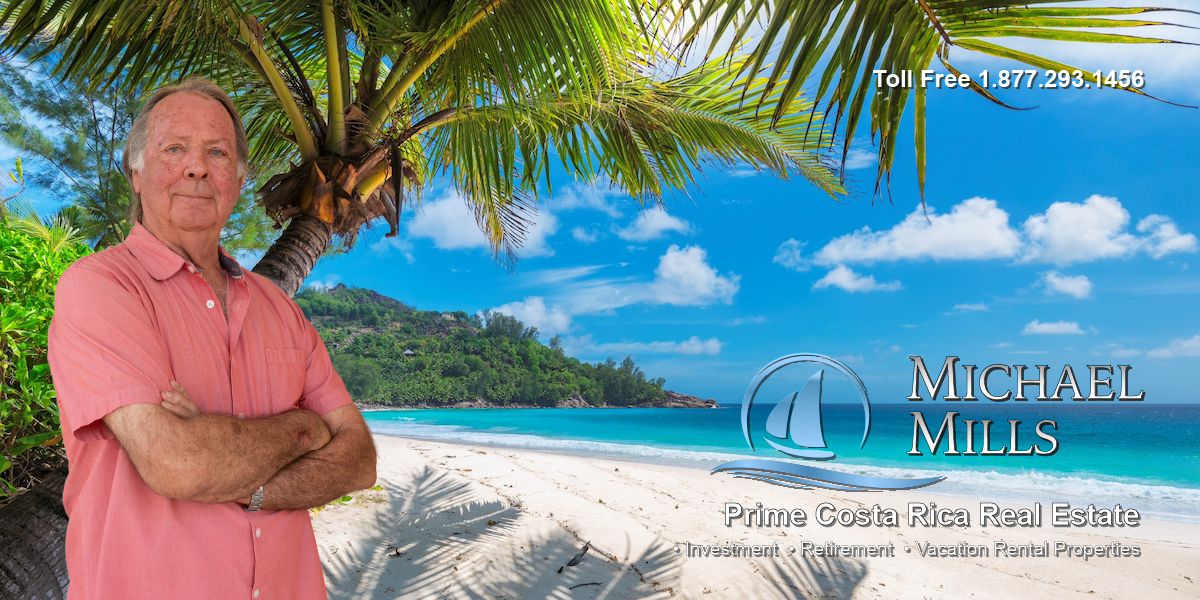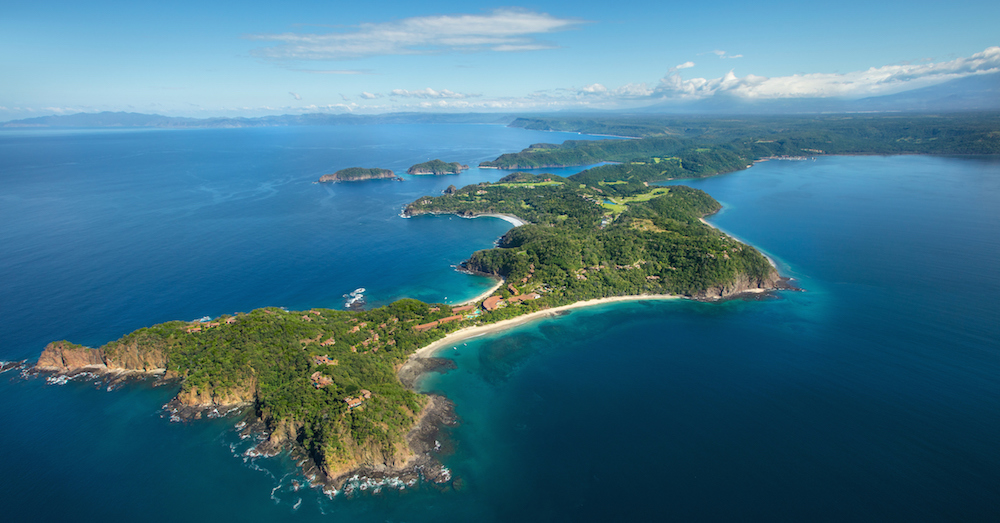
The history of the Papagayo Peninsula in Guanacaste, Costa Rica, is deeply intertwined with the broader history of the region and the indigenous peoples who once inhabited it. The Chorotega and the Matambú Indians lived in the Guanacaste region. They originally fled to Costa Rica in 500 AD to escape slavery in Mexico. Historically they were powerful and fought hard against the Spanish. Today however, they are peaceful and known for their agriculture, ceramics and pottery. These indigenous peoples lived in villages and practiced agriculture, fishing, and hunting.
In the early 16th century, Spanish explorers arrived in what is now Costa Rica. They encountered resistance from the indigenous peoples, but eventually, the region fell under Spanish control. Spanish colonization brought significant changes to the area, including the introduction of Christianity and European diseases, which decimated the indigenous populations.
After the Spanish conquest, the Papagayo Peninsula and Guanacaste became important centers for ranching and agriculture. Spanish settlers established cattle ranches and plantations, primarily growing crops such as sugarcane and cacao. This period saw the expansion of Spanish influence and the transformation of the landscape.
Independence and Modern Era: Costa Rica gained independence from Spain in 1821, and Guanacaste became part of the newly formed country. Over the following decades, Costa Rica experienced periods of political instability, but it also saw the growth of agriculture, tourism, and infrastructure development.
Conservation Efforts: Recognizing the ecological importance of the Papagayo Peninsula, conservation efforts have been undertaken to protect its natural habitats and biodiversity. Conservation organizations work to preserve the area's forests, wetlands, and marine ecosystems, ensuring that future generations can continue to enjoy its beauty.
1960s-1970s: Identification of Tourism Potential: The Central American Bank for Economic Integration (CABEI) recognized the tourism potential of the Central American region in the 1960s. During this time, areas with significant tourism potential were identified, with the Bahía de Culebra (now known as the Gulf of Papagayo) being designated as a prime location for tourism development.
1970s: Presidential Declaration and Government Support: President Daniel Oduber Quiros of Costa Rica recognized the untapped potential of the Papagayo region and declared it of "national touristic interest." The area was designated as a "tourism zone," leading to the implementation of specific zoning regulations and government incentives to attract hotel and resort development.
1978: Approval of Master Plan: In April 1978, the Costa Rican Institute of Tourism (ICT) approved an Economic and Financial Technical Feasibility Study, as well as the Master Plan and Preliminary Design of the Bahía Culebra Tourism Project. This marked a significant step towards the planned development of the region as a premier tourist destination.
Legislation and Development: Several laws were enacted to support the development of the Papagayo region as a leading tourist destination. Despite facing initial challenges and setbacks, the area eventually became a model of responsible development and ecological conservation.
Balanced Development: Papagayo attracted targeted investments that balanced economic profit with environmental preservation. The development focused on implementing sound ecological practices while controlling the environmental footprint of tourism activities.
Overall, the journey of Papagayo from a "diamond in the rough" to a thriving tourist destination underscores the importance of strategic planning, government support, and sustainable development practices in shaping the success of tourism ventures.
Tourism Development: In more recent times, the Papagayo Peninsula has become a focal point for tourism development in Costa Rica. Its pristine beaches, lush forests, and abundant wildlife make it a popular destination for travelers seeking natural beauty and adventure. Luxury resorts, eco-lodges, and recreational facilities have been developed to accommodate tourists, contributing to the economic growth of the region. Bahia Culebra, with its protected waters and abundant marine life, serves as a haven for both visitors and local wildlife.
Real Estate sales also continue to be very strong as tourists fall in love with Guanacaste's coastal towns and beaches. For further information on real estate opportunities, you can view this website - Your Costa Rican Relocation Expert
